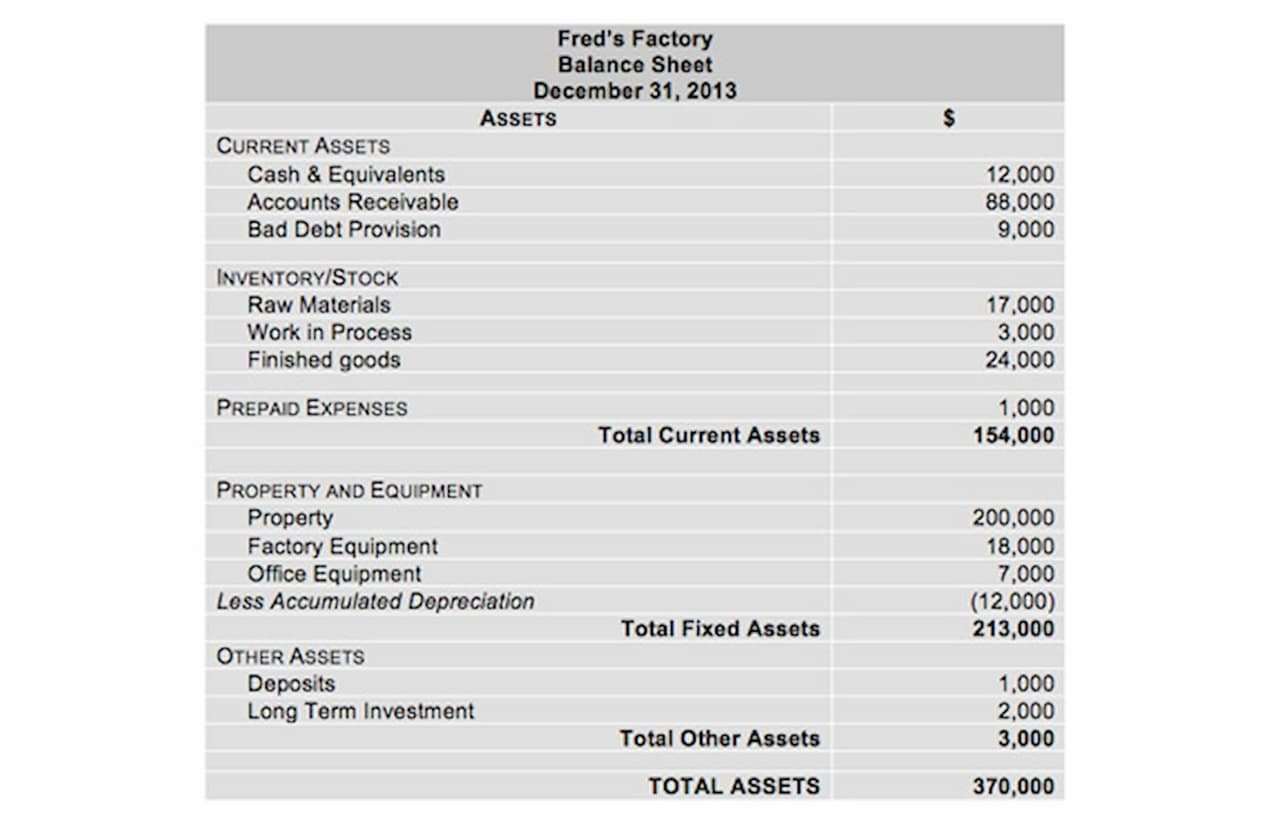
Any accumulated income is typically used by the corporation to reinvest in its principal business or to pay down its debt. Yes, having high retained earnings is considered a positive sign for a company’s financial performance. Surplus reserve refers to the portion of a company’s profits that is set aside for specific purposes, such as future investments, expansion projects, or to cover potential losses.
account in the hands of the chief accountant
Investors and business owners alike can use this metric to make informed decisions and understand a company’s financial performance over time. Undistributed earnings, often referred to as retained earnings, are a fundamental part of a company’s equity. These earnings are the portion of net income that is not paid out as dividends but instead reinvested in the business or held as a reserve. The primary components of undistributed earnings include net income, dividends paid, and any adjustments for prior periods.
Accounting Treatment When Reserves and Accumulated Profits/Losses Are Not to Be Transferred to Capital Accounts
If a company retains earnings but fails to generate a adjusting entries satisfactory return on investment, shareholders may view this as a misuse of funds. In such cases, shareholders might prefer that the company distribute the earnings as dividends. In summary, surplus reserve is a strategic financial tool that companies use to set aside a portion of their profits for future use.
FAQs on Treatment of Reserves and Accumulated Profits in Accounting
Younger companies, especially those in high-growth industries, tend undistributed profits that have accumulated in the company over time are called to retain a larger portion of their earnings to fund expansion. In contrast, mature companies with stable cash flows are more likely to distribute a significant portion of their earnings as dividends. When a company generates net income, it is typically recorded as a credit to the retained earnings account, increasing the balance. In contrast, when a company suffers a net loss or pays dividends, the retained earnings account is debited, reducing the balance.
Business Expansion
- These retained earnings are not distributed as dividends but are kept within the company for various financial purposes.
- Undistributed profit can be used by the company for various purposes such as reinvestment in the business, paying off debts, or saving for future projects.
- Surplus reserves are typically created by allocating a portion of the company’s annual profits, and they are recorded as a liability on the balance sheet.
- The Tax Code allows you to increase the net assets of the enterprise by means of shareholders (participants), and also to cover the uncovered loss.
- Retained earnings act as a reservoir of internal financing you can use to fund growth initiatives, finance capital expenditures, repay debts, or hire new staff.
There are plenty of options out there, including QuickBooks, Xero, and FreshBooks. Accounts Receivable Outsourcing In modern economy, all enterprises exist for cash received when selling goods, works or services. But the participants of the society should also have their income from the company’s activities.
- Therefore, the owners/capital contributors/shareholders can contribute capital through the conversion of undistributed profits are not contrary to the law.
- The result is that shareholders may receive only some of the benefits of the company’s profitability, as they would if those profits distribute in the form of dividends.
- Both types of reserves are essential components of a company’s financial toolkit, serving different roles in ensuring financial stability and strategic growth.
- While both serve similar purposes, they differ in their nature, accounting treatment, and implications for the business.
- A revenue reserve is created from the net profit generated from the company’s core operations.
- Debit account 84 reduces the company’s own capital, the credit balance, respectively, increases.
- Yes, having high retained earnings is considered a positive sign for a company’s financial performance.
- Retained earnings are the portion of a company’s cumulative profit that is held or retained and saved for future use.
This is why corporate governance mechanisms, such as independent boards of directors and shareholder activism, are crucial in ensuring that retained earnings are used effectively. However, the Tax Cuts and Jobs Act of 2017 introduced a flat corporate tax rate of 21%, which has reduced the tax advantage of retaining earnings. Despite this, many companies still prefer to retain earnings to avoid the additional tax burden on shareholders. As the table shows, Tech Startup Inc. retains a larger portion of its earnings to fund growth, while Blue-Chip Corp. prioritizes returning value to shareholders through dividends. If the company decides to retain \$800,000 of this amount, it can use these funds to develop new products, hire additional staff, or expand into new markets.
Retained Earnings to Total Equity Ratio
For instance, a company might appropriate $10,000 from its profits to create a contingency reserve. For trusts and estates, undistributed income is governed by a metric known as Distributable Net Income (DNI). DNI is a calculation that determines the maximum income a trust or estate can pass through to its beneficiaries. This figure limits the trust’s distribution deduction and the income beneficiaries must report. The idea was to strengthen the company’s core to serve its customers and shareholders better.
